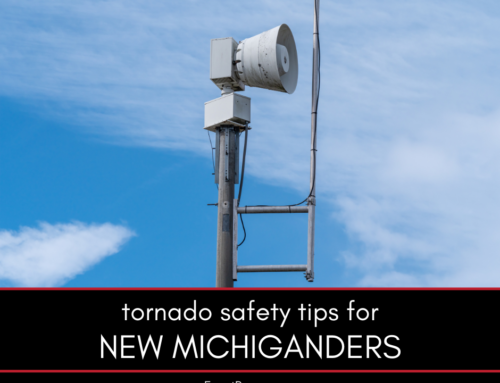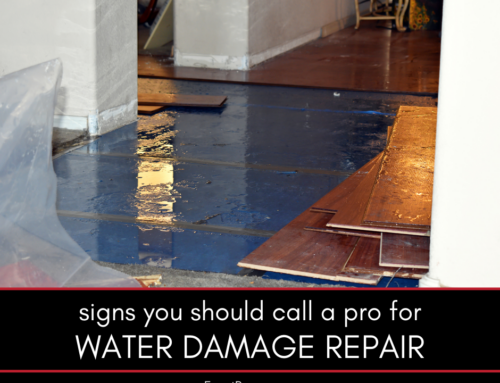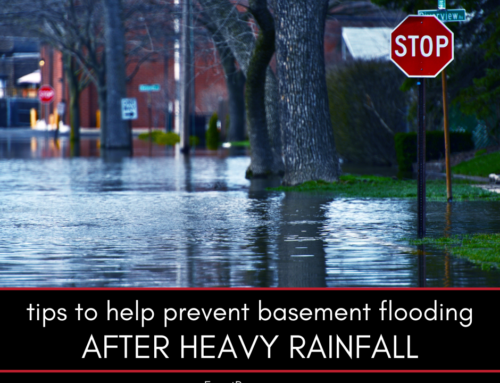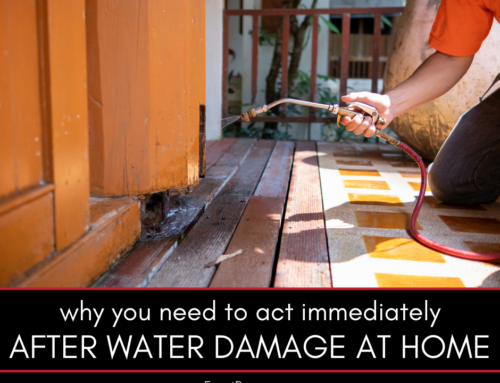Water damage in homes can vary significantly based on the type of water involved – black, gray, or clean. Knowing the differences between these types of water is crucial for determining the risk level and the appropriate response.
Black, Gray, and Clean Water: What You Need to Know if It’s In Your Home
This guide explains the following:
- Differences between black, gray, and clean water
- Health risks associated with each water type
- Initial response steps for different water types
- Professional cleanup and restoration processes
- Preventative measures to minimize water damage risks
- Importance of quick action in water damage scenarios
Here’s a closer look at each.
Related: Disaster remediation in Jackson and Ann Arbor
Differences Between Black, Gray, and Clean Water
Clean Water: This is water from sanitary sources like faucets, supply lines, or rainwater. It poses no immediate health risk but can degrade into gray or black water if left untreated.
Gray Water: Gray water comes from sources like sinks, showers, and washing machines. It contains some contaminants that can cause illness if ingested or exposed to skin.
Black Water: The most hazardous, black water comes from sewage or floodwaters. It contains harmful bacteria, viruses, and fungi, posing serious health risks.
Health Risks Associated with Each Water Type
Clean Water: Generally safe, but can cause mold growth if not addressed promptly.
Gray Water: Can cause skin irritation or illness. Extra care is needed in cleanup to avoid exposure.
Black Water: Can lead to severe illness. Direct contact or ingestion must be avoided due to high levels of contamination.
Initial Response Steps for Different Water Types
Clean Water: Quickly dry and ventilate the area. If the volume is manageable, start the cleanup yourself.
Gray Water: Wear protective gear during cleanup. Consider professional help if the affected area is large.
Black Water: Avoid all contact. Immediately call professional restoration services due to the high risk of contamination.
Professional Cleanup and Restoration Processes
Professionals have the necessary equipment and expertise to safely and effectively clean and restore areas affected by all types of water damage, especially black water scenarios.
Related: Tips to prevent water damage in your home
Preventative Measures to Minimize Water Damage Risks
Regular maintenance of plumbing systems, prompt repairs of leaks, and proper disposal of waste can help prevent gray and black water scenarios. Installing water detection systems can also mitigate risks.
Importance of Quick Action in Water Damage Scenarios
Quick action is crucial in limiting damage and preventing the progression from clean to gray or black water. Prompt response can minimize restoration costs and health risks.
FAQ About Water Types in Home Damage
How Quickly Can Clean Water Turn into Gray or Black Water?
Clean water can turn into gray water within 48 hours. If it comes into contact with contaminants, it can quickly become black water.
What Should I Do If I’m Unsure About the Water Type?
If you’re unsure, treat it as the highest risk level (black water) and contact professionals for safe assessment and cleanup.
Can Gray Water Turn Into Black Water?
Yes, gray water can escalate to black water if it’s left untreated for over 48 hours or if it mixes with sewage or other heavily contaminated sources.
Are DIY Methods Safe for Cleaning Gray Water?
DIY methods can be used for small areas affected by gray water, but proper protective gear should be worn. For larger areas or if there’s any doubt about safety, professional cleanup is recommended.
What Precautions Should Be Taken During Black Water Cleanup?
For black water, avoid all contact and do not attempt DIY cleanup. Professional services equipped with the necessary safety gear, tools, and expertise should handle black water cleanup.
Related: Signs of hidden water damage
In conclusion, understanding the differences between black, gray, and clean water is essential in water damage scenarios. Each type of water carries different risks and requires specific response strategies to ensure your home is safely restored and health risks are minimized. Quick action and professional assistance are particularly crucial for gray and black water scenarios to prevent further damage and contamination. By being informed and prepared, homeowners can effectively manage water damage and maintain a safe living environment. Remember, when dealing with water damage, it’s always better to err on the side of caution and seek professional guidance.
Do You Need a Disaster Remediation Expert in Washtenaw County or Jackson County?
If your home has already been damaged, we can help. Check out our services and call Exact Recon for your free disaster remediation quote today. We offer:
- Water damage restoration
- Fire damage restoration
- Mold removal and remediation
- Fire and smoke restoration
- Sewer cleanup and disinfecting
- Reconstruction
- Wind and storm damage repair









